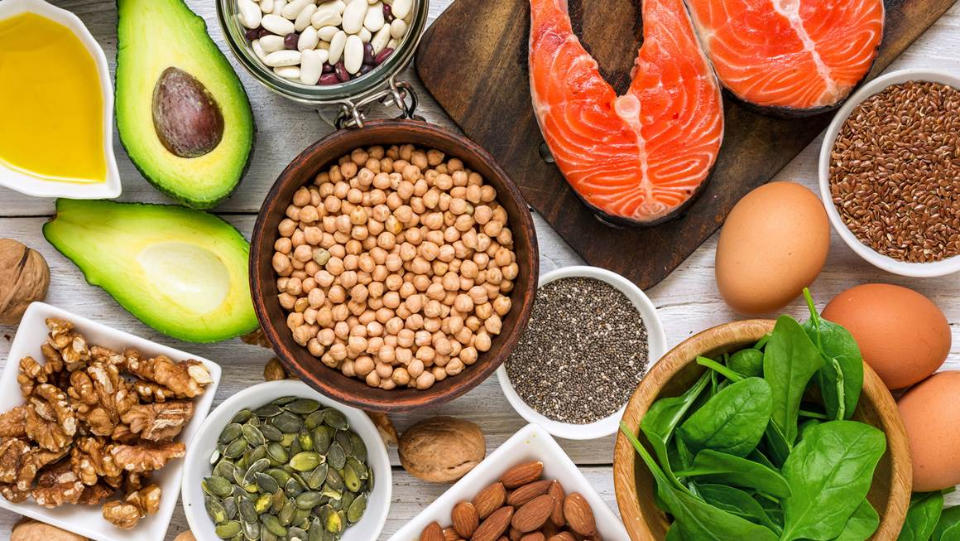Foods High in Essential Fatty Acids

If you’ve read this blog with any regularity, you know I often begin with a definition or two and that’s the case with this one. Essential fatty acids are forms of fat which our bodies break down into fatty acids. The “essential” part comes from the fact that our bodies need these fatty acids but cannot produce them. Therefore, it’s “essential” that we acquire them from outside sources in the form of foods and/or oils.
There are four types of fats out in the world, two provide us with health benefits when eaten in moderation and the other two are unhealthy and should be avoided if possible. The two that are beneficial to us are monounsaturated and polyunsaturated fats while the two that should rarely, if ever, be consumed are saturated and trans fats. The chemical differences between the four is a long, scientific definition that involves carbon and hydrogen atoms which I won’t bore you with here.
The primary forms of essential fatty acids we cannot synthesis within are bodies are linoleic acid, a type of omega-6 fatty acid and alpha-linoleic acid, a type of omega-3 fatty acid. Both omega-3 and omega-6 fatty acids fall under the category of polyunsaturated fats. Therefore, when we hear the phrase, “essential fatty acids” it refers to polyunsaturated fats in general and omega-3 and omega-6 fatty acids specifically.
Omega-3 and omega-6 fatty acids have been proven to provide a variety of health benefits when eaten in moderation. Those benefits include lowering LDL (bad) cholesterol and triglycerides (type of fat in your blood), slows the buildup of plaque (fat, calcium and cholesterol) within arteries, regulates high blood pressure, supports brain health and function, controls blood sugar levels, reduces the risk of diabetes, lowers the risk of an irregular heartbeat (arrhythmia) and helps with rheumatoid arthritis.
Just remember that all fats have 9 calories per gram, that’s 2 times the amount found in a gram of carbs or protein. Studies also indicate omega-3s and omega-6s should be consumed in equal amounts and an imbalance of omega-6s is unhealthy. Health professionals recommend that we should eat no more than 15 grams of omega-6 fatty acids per day.
Now that we’ve gotten the definitions out of the way, let’s get to the title of this post…the best food sources for essential fatty acids. Let’s start in numeric order with sources of omega-3 fatty acids…
- Fatty fish/seafood such as salmon, herring, sardines, mackerel, trout, bluefin tuna, oysters, caviar, and anchovies. If financially feasible, try to consume wild caught fish, especially salmon and trout.
- Seeds and nuts in whole or oil form. Included on this list are walnuts, pine nuts, almonds and flax, sunflower, and poppy seeds.
- Oils including canola and flaxseed oils.
Great sources of omega-6 fatty acids are…
- Nuts and seeds such as walnuts (yes, you get a twofer with walnuts, both omega-3 and omega-62), almonds, cashews, peanuts (and peanut butter) and hemp and sunflower seeds.
- Oils that include safflower, avocado and canola oils.
- Other foods that includes tofu, eggs and mayonnaise.
Health professionals recommend that we all replace unhealthy fats (trans and saturated) with healthy ones (mono and polyunsaturated) in out diets. Just be aware that all fats have a high caloric content and that an overabundance of omega-6s can actually have negative health consequences. Now you know.
You must be logged in to post a comment.